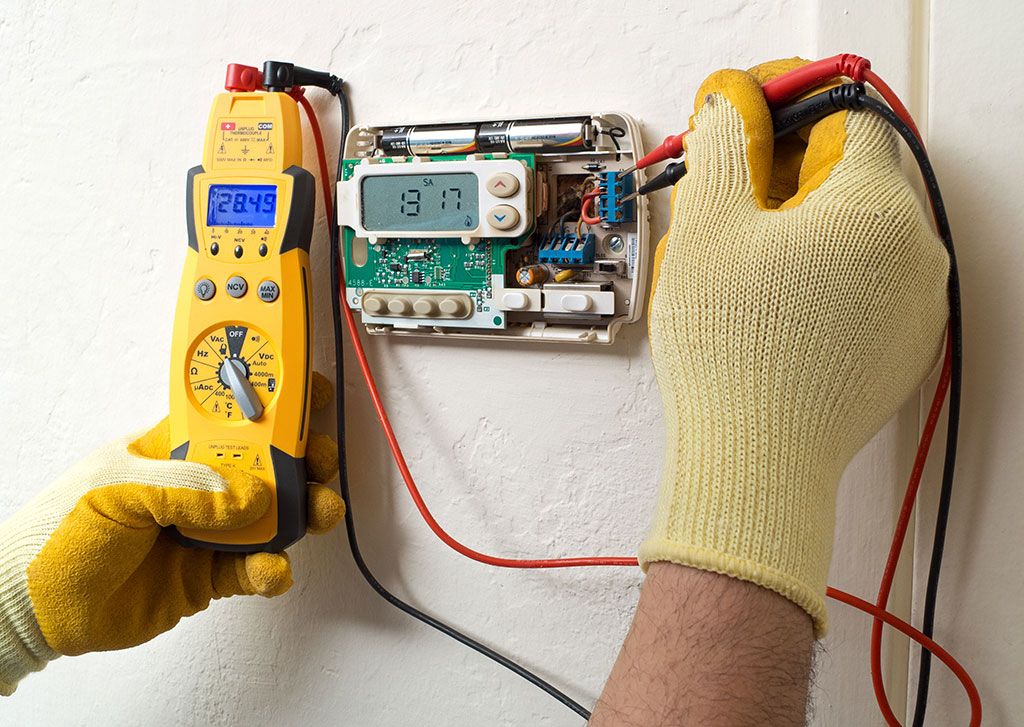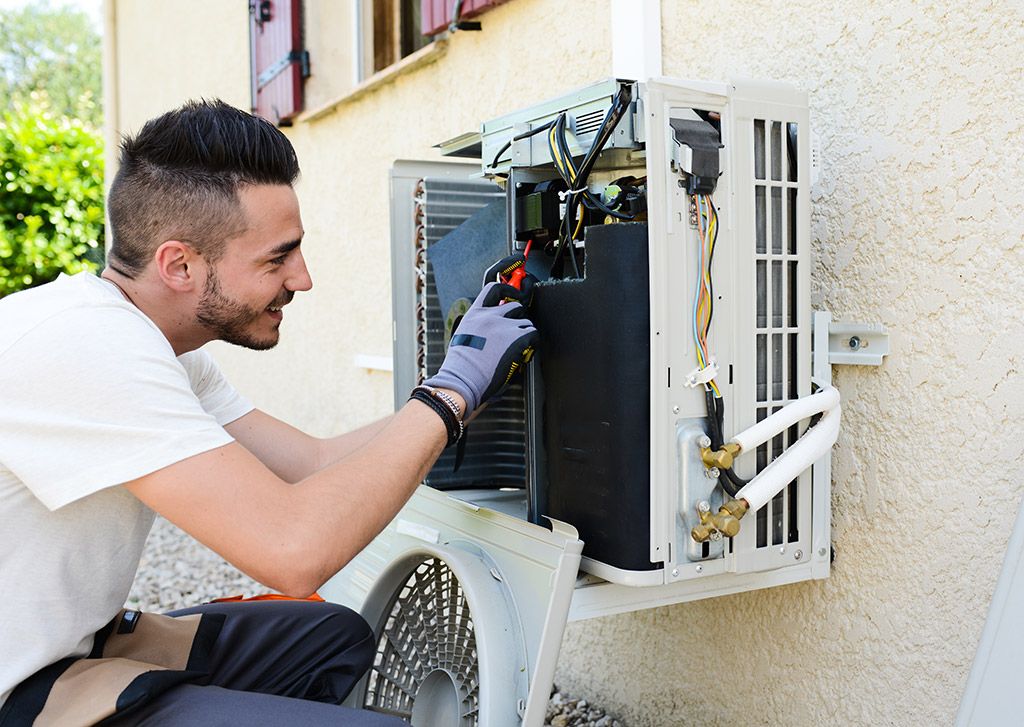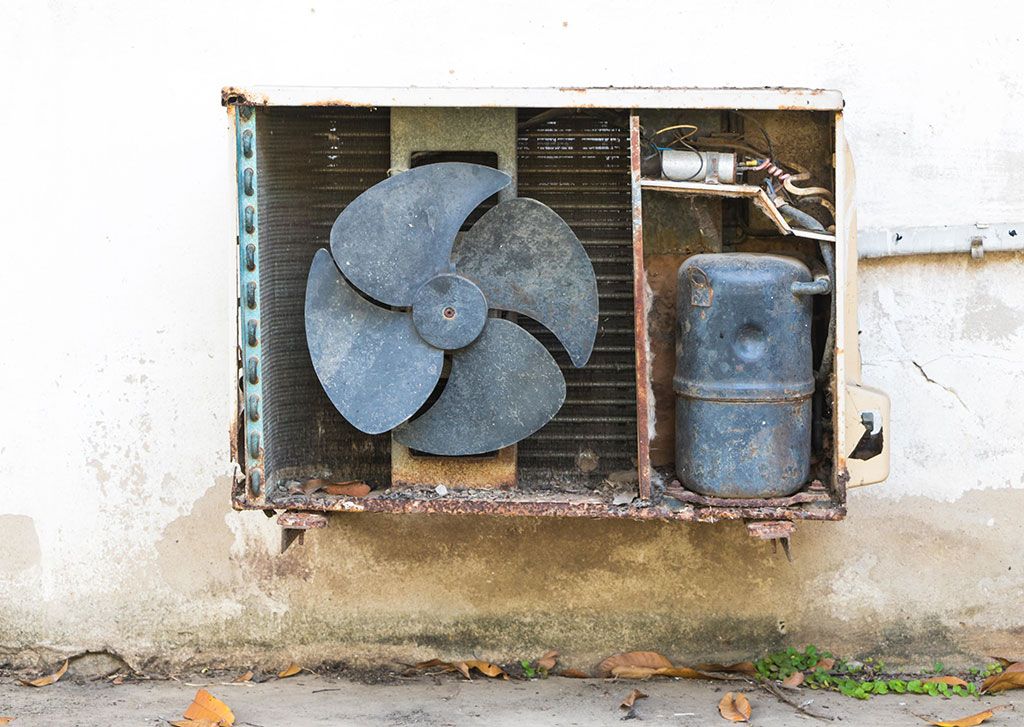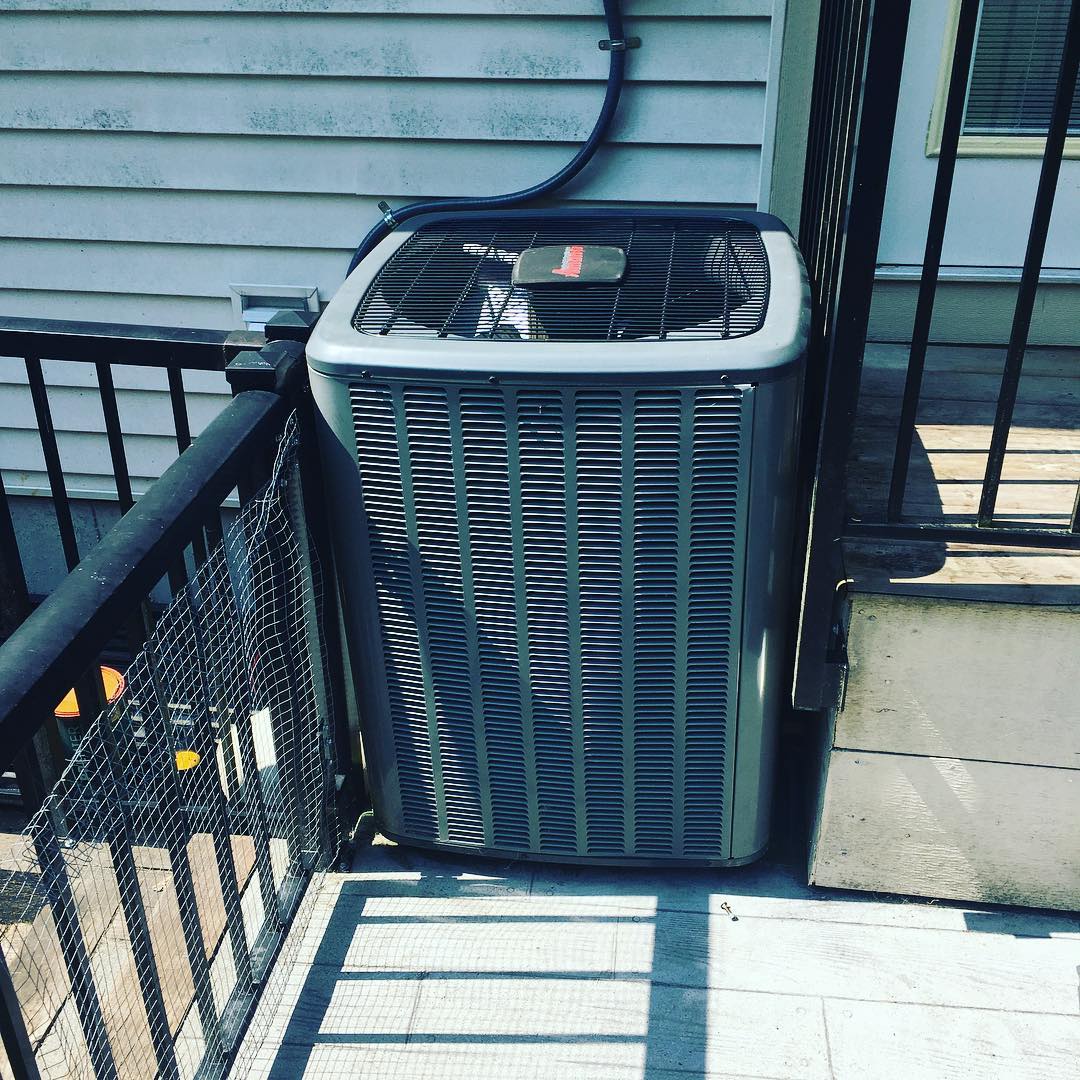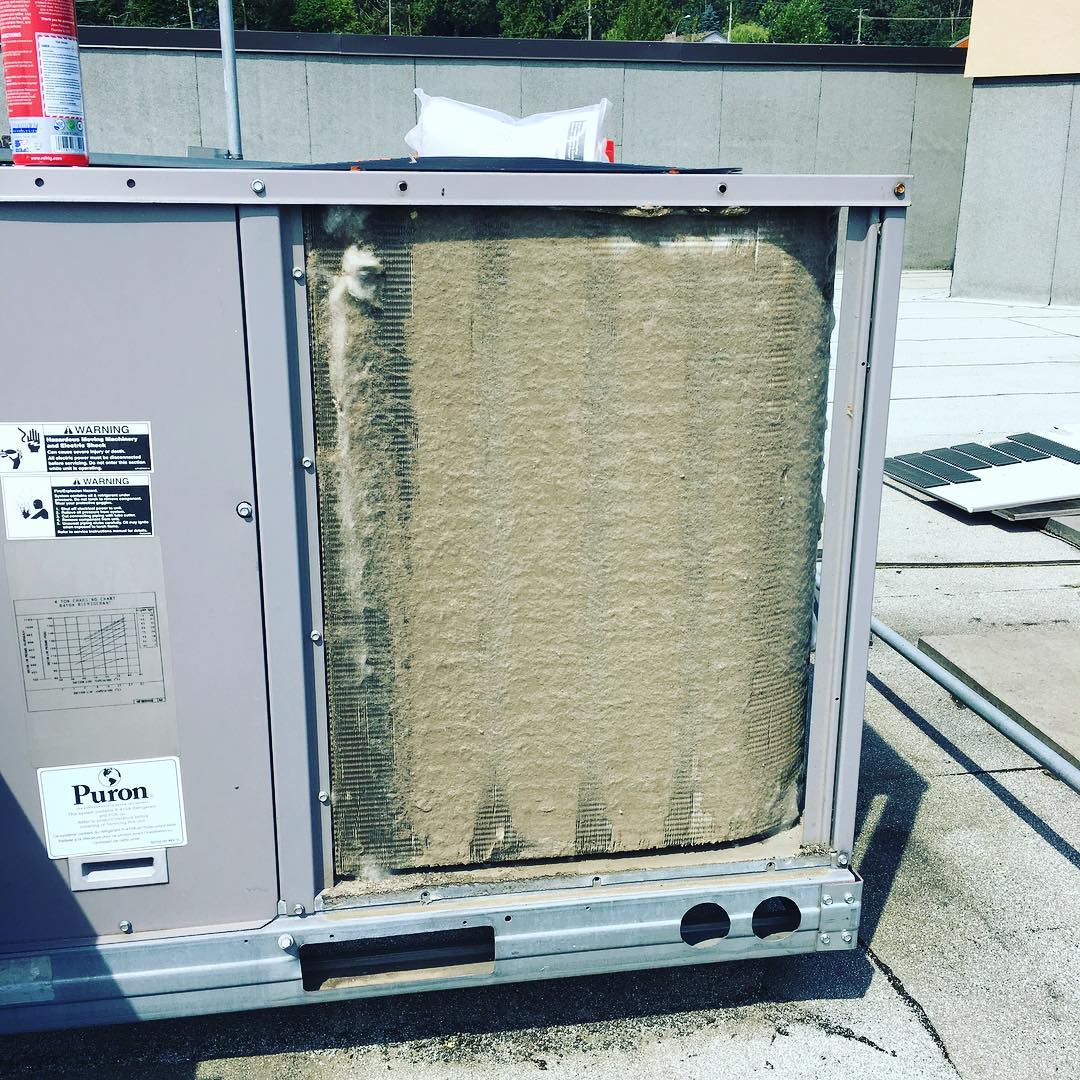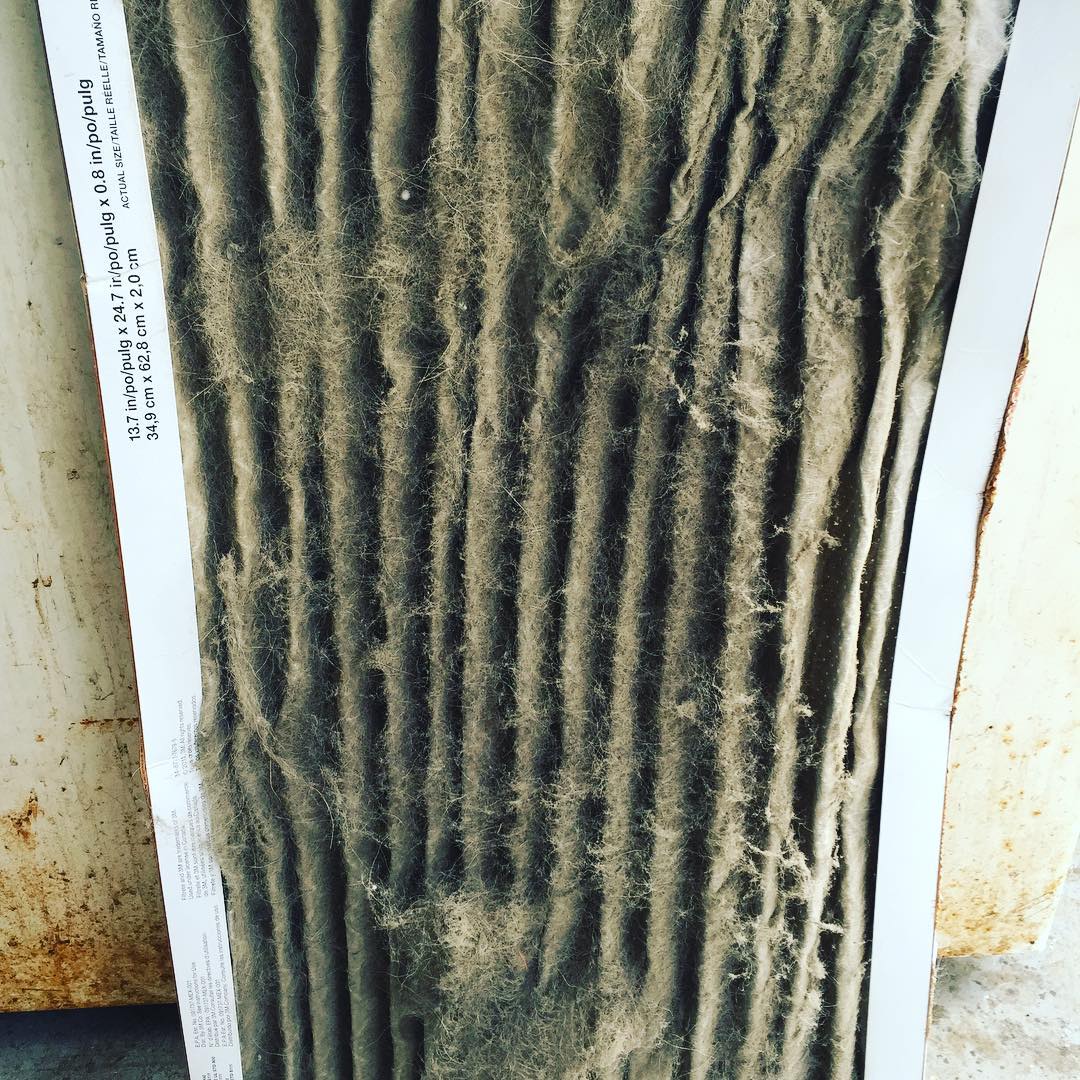Do I Need to Maintain My Furnace in Summer? (Yes, & Here’s Why)
We are slowly but surely approaching air conditioning season. With the temperatures rising earlier each year in spring, things can get pretty busy for us HVAC technicians! It’s also that time of the year when your furnace most likely goes into hibernation mode (i.e. you don’t switch it on for months until you need to).
With the temperatures going up outside, it begs the question: is it actually necessary to maintain your furnace in the summer? Well, actually, yes! And here’s why.
Reason 1: It’s an ideal time
Now that your furnace is going to be used less when it’s hot out, you’ll be more likely to find underlying problems that you may have missed when the furnace was on in the winter. Ideally even though it’s a new season, proper maintenance and cleaning still needs to be done whenever that new season comes around again. If you don’t clean your furnace every so often, you’re most likely to discover debris and other undesirables. Speaking of which…
Reason 2: Dust can still collect
And not only dust but also debris, pet dander, and other unwanted particulates that can create a lot of trouble if left alone. Insects can also be a problem if your furnace is located in a room where they’re likely to come wandering in and think your furnace would be a good home. You may not have to turn on the heat in summer, but as we mentioned before, your furnace does still need to be cleaned regularly, especially if you skipped out on that task in the spring.
Reason 3: It might not be switched off fully
You may think that by switching the furnace from ‘heat’ to ‘cool’ when summer rolls in that your furnace has been shut off, period. However, this does not actually mean your furnace is fully switched off. Rather, by making this adjustment your furnace is still running. It means the gas pilot is still on, the furnace’s fuel resources are being used up, and your furnace is still running even though you don’t want it to.
Reason 4: Electrical problems
A quieter system doesn’t mean there aren’t potential problems, especially where the electrical components are concerned. This doesn’t mean going to fix any electric problems yourself! DIY with electricity is a very dangerous task best left to professionals. What you can do is while your furnace isn’t in use, open it up to visually check if any wires have come loose or completely disconnected. If so, that’s when you call in your technician so they can better diagnose the electrical problem and fix it professionally.
Reason 5: It makes sense
Maintaining your furnace in the summer even though it’s hot outside can help provide several benefits:
- It allows you to determine if you need a new one. Summer is actually the perfect time of the year to shop around for a new furnace, because everyone else will be so focused on using their air conditioning.
- It will save you some money. Maintaining your furnace when you don’t need it switched on, such as changing the air filter inside, can help minimize charges to your electricity and energy bills.
- It prevents potential damages to your unit. Even if you only ever maintain your furnace every six months, you need to at least change the filter more often depending on your household (for example if you own pets). So maintaining the furnace even when it’s summer can prevent long-term damages to the unit’s efficiency.
- It saves you resources. If it’s summer and you know you won’t need your furnace on the whole season, switching the furnace off fully for maintenance purposes (including the pilot light) can save you a little money on fuel too. Every dollar saved can help (especially if you want to make improvements to your home’s HVAC, for example).
If it’s been over six months since you had your furnace maintained, or you’ve discovered a few problems such as with the electricity or pilot light, give us a call. At Rep-Air Heating And Cooling we provide our customers with many options that will best suit your needs from heating and cooling to refrigeration. Contact us today for your complimentary quote: 1-844-218-3362 or contact@repairheatingandcooling.com and don’t forget to take a look at our website: https://repairheatingandcooling.com. Follow us on Facebook and Instagram for free giveaways!





